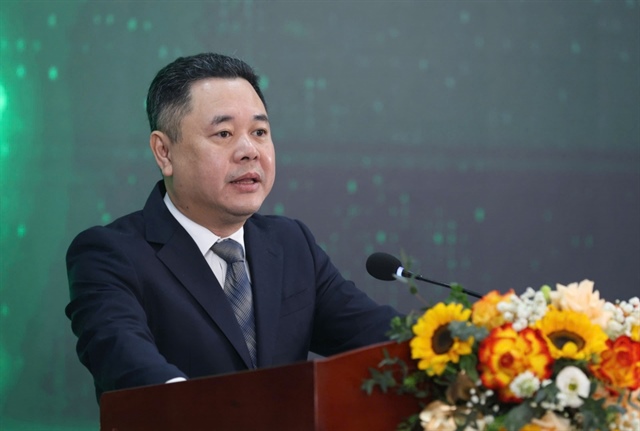National economy panorama gets brighter, but worries exist
National economy panorama gets brighter, but worries exist
Commercial banks have been easing the lending interest rate, which has made the picture of the national economy brighter. However, the biggest problem still exists: it’s very difficult for businesses to access bank loans.

Commenting about the newly released PMI (Purchasing Managers Index) of the manufacturing sector in Vietnam in November 2012, Dr Vu Dinh Anh said he has finally found the signs of the economic development, albeit modest.
The joy of the well-known economist came from the report about the increases of the employment rate in the last two consecutive months. Anh said that these are the most important signals of the economic development, which shows that businesses have geared up for their new production plans. Meanwhile, businesses only resume their production when they keep optimism about the economic performance in the future.
However, the report on the economic performance in November and the first 11 months of 2012 released by the National Finance Supervision Council showed that the purchasing power of households remains very modest, though it is now the shopping season.
The goods and service retail growth has been worryingly slowing down. The retail turnover grew by 17.9 percent in comparison with the same period of the last year in the first 10 months of 2012 and 16.4 percent in the first 11 months, while it is expected to reach its high peak at 24.2 percent in December.
The figures showed the improvement in the total demand of the national economy, but there has been no driving force for the retail turnover to bounce back.
Interest rate reductions not magic wands
46,500 businesses reportedly got dissolved or bankrupt in November alone, a considerable increase from 40,200 businesses in the first nine months of the year.
Economists have warned that the figure would keep rising rapidly, because the majority of enterprises are still facing big difficulties from all sides.
Regarding the input costs, businesses have to bear very high interest rates of over 15 percent per annum. High financial costs have badly affected enterprises’ production and business activities.
A senor official of the National Finance Supervision Council said that the enterprises’ financial costs had increased by 25 percent in comparison with the end of 2011. This has led to the ratio of the financial cost on the production cost jump to 7 percent from 4.72 percent in 2010 and 5.56 percent in 2011.
The overly high interest rates have not made the production stagnant, but also weakened the competitiveness of Vietnamese enterprises in the world market. The bank loan interest rates in Vietnam are 2-3 times higher than that in the region, which makes the production costs of Vietnamese products higher by 2 percent than Indian, 2.51 percent than Thai, 2.6 percent than Chinese and 2.8 percent than Singaporean.
The finance supervision council has urged the State Bank of Vietnam to take drastic measures to help ease enterprises’ difficulties, saying that it’s necessary to ease the deposit and prime interest rates by one more percent. The State Bank has also been proposed to set up a cap on the lending interest rate which must not be higher by 150 percent than the prime interest rates.
Though admitting that the current conditions have become more favorable for banks to ease interest rates, experts still have warned that the interest rates should not be seen as the “magic wands,” which means that one should not expect to see the existing problems to be settled with just the new interest rate policy.
Sumit Dutta, CEO of HSBC Vietnam, has pointed out that the biggest problem now is that enterprises don’t want to borrow money at this moment. They will only borrow money if they can see the domestic demand return and the inventories to be cleared
vietnamnet



























